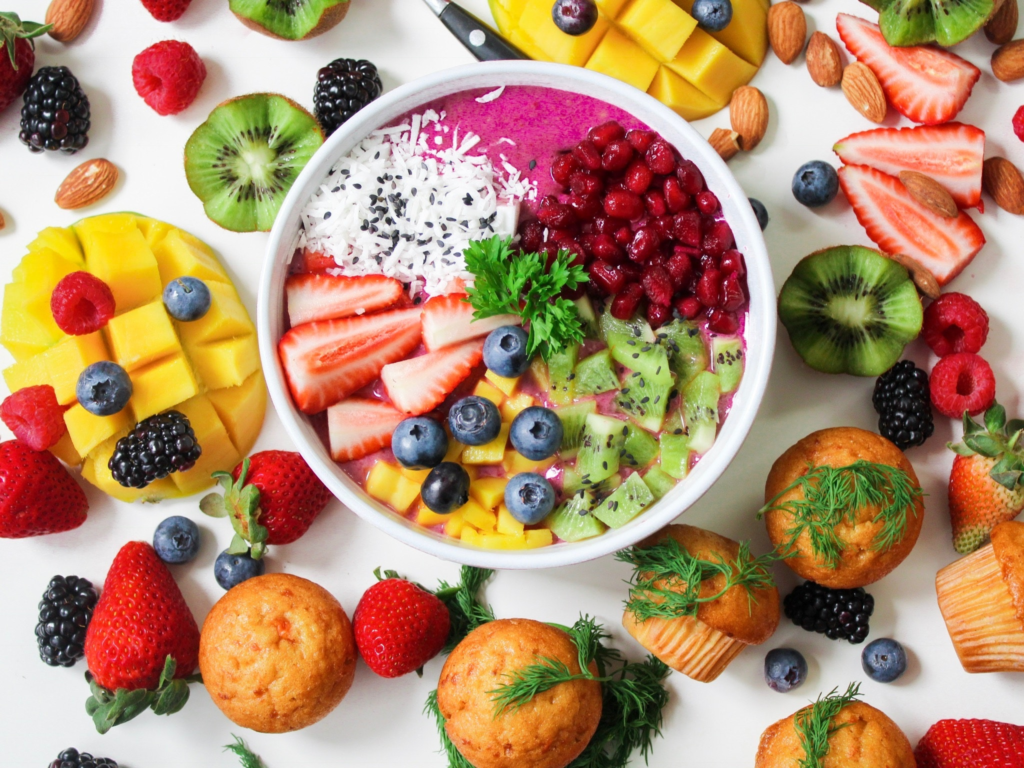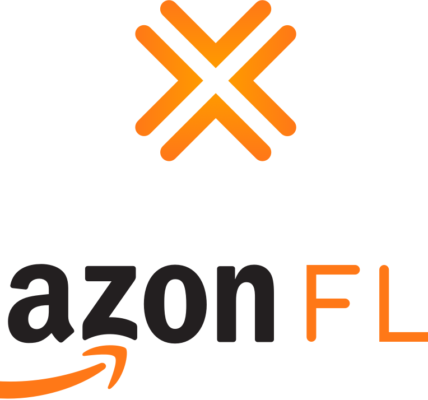Can you make money as an online food model? Yes, it’s possible to make money as an online food model, especially with the rise of digital marketing and social media. Food models showcase various dishes, ingredients, or dining experiences in advertisements, promotional campaigns, and on platforms like Instagram, YouTube, and TikTok. Restaurants, food brands, and culinary influencers often collaborate with models to create visually appealing content that promotes their products or services. As a food model, you can work with photographers, chefs, or create your own content to attract brand deals, sponsorships, or partnerships. With the demand for eye-catching and shareable food-related content continuously growing, this niche offers an opportunity to earn income, build a personal brand, and reach a wide audience online.

Platforms you can use to make money as an online food model
You can leverage various platforms to showcase your work and make money as an online food model. Here are some popular options:
1. Social Media Platforms
- Instagram: Utilize visually appealing photos and reels to attract followers and engage with food brands for collaborations and sponsorships.
- TikTok: Create short, engaging videos showcasing food presentation, recipes, or dining experiences. Brands may sponsor your content for exposure.
- YouTube: Share cooking tutorials, food reviews, or food styling tips. Monetization can come from ads, sponsorships, or affiliate marketing.
2. Freelancing Websites
- Fiverr: Offer services as a food model for brands needing content for their websites or social media.
- Upwork: Find gigs that require food styling, photography, or modeling services for food-related projects.
3. Online Marketplaces
- Etsy: If you create food-related products (like cookbooks or printables), you can sell them alongside showcasing your food modeling skills.
4. Food Blogging Websites
- Start your own food blog or contribute to established food blogs, earning money through ads, sponsored posts, and affiliate links.
How much financial support can one expect when they make money as an online food model?
Here’s a breakdown of the potential financial support you can expect from each platform when you make money as an online food model:
1. Social Media Platforms
- Instagram:
- Sponsored Posts: Depending on your follower count and engagement rate, you could earn anywhere from $100 to $2,500 per sponsored post.
- Affiliate Marketing: You may earn around 5-30% commission on sales generated through your affiliate links.
- TikTok:
- Brand Sponsorships: Sponsored content can range from $200 to over $5,000, depending on your follower count and engagement.
- TikTok Creator Fund: You can earn from $0.01 to $0.02 per view, though this can vary significantly.
- YouTube:
- Ad Revenue: Earnings can range from $1 to $5 per 1,000 views. For instance, a video with 100,000 views might earn you between $100 and $500.
- Sponsored Videos: Collaborations can pay from $500 to $20,000 based on your audience size.
2. Freelancing Websites
- Fiverr:
- Food Modeling or Photography Gigs: You can charge anywhere from $50 to $500 per project, depending on your service complexity and experience.
- Upwork:
- Freelance Food Modeling or Styling Projects: Depending on the scope, earnings can range from $25 to $150 per hour or per project.
3. Online Marketplaces
- Etsy:
- Selling Food-Related Products: Earnings can vary widely. If selling digital products (like e-books or printables), you might earn anywhere from $5 to $50 per sale.
4. Food Blogging Websites
- Monetized Blog:
- Ad Revenue (e.g., Google AdSense): Earnings typically range from $1 to $10 per 1,000 page views, depending on niche and traffic. A blog with 10,000 monthly views could earn $10 to $100.
- Sponsored Posts: Brands may pay between $50 to $500 or more for sponsored content, depending on your blog’s traffic and authority.
- Affiliate Marketing: Similar to social media, expect to earn 5-30% commission on sales made through your links.
Summary of Earnings:
- Instagram: $100 – $2,500 per post
- TikTok: $200 – $5,000 per sponsorship; $0.01 – $0.02 per view from the Creator Fund
- YouTube: $1 – $5 per 1,000 views; $500 – $20,000 per sponsored video
- Fiverr: $50 – $500 per project
- Upwork: $25 – $150 per hour/project
- Etsy: $5 – $50 per product sale
- Blogging: $1 – $10 per 1,000 views; $50 – $500 per sponsored post
These figures can vary based on your experience, niche, audience engagement, and consistency in content creation. Building a strong online presence can significantly increase your earning potential over time.
Build an audience as a Beginner Food Model

Growing an audience from scratch when you are trying to make money as an online food model requires strategic planning and consistent effort. Here are steps for beginners to effectively grow their audience:
1. Define Your Niche
- Specialize: Identify a specific niche within food modeling, such as healthy recipes, dessert styling, or ethnic cuisines. This helps attract a targeted audience.
- Unique Selling Point: Highlight what makes your content different, whether it’s your cooking style, food photography skills, or presentation techniques.
2. Create Quality Content
- Visual Appeal: Invest time in learning food photography and styling techniques. High-quality images and videos can significantly attract viewers.
- Engaging Formats: Experiment with various formats, such as recipes, cooking tips, behind-the-scenes videos, and food reviews, to keep your content fresh and interesting.
3. Leverage Social Media
- Choose Platforms Wisely: Focus on visual platforms like Instagram, TikTok, and Pinterest, which are ideal for food-related content.
- Consistent Posting: Develop a content calendar and post regularly to keep your audience engaged. Aim for a mix of content types, such as photos, videos, and stories.
- Use Hashtags: Research and utilize relevant hashtags to increase the visibility of your posts and reach a broader audience.
4. Engage with Your Audience
- Respond to Comments: Actively engage with your followers by responding to comments and messages. Building relationships fosters loyalty.
- Ask Questions: Encourage interaction by asking questions or prompting discussions in your posts.
5. Collaborate with Others
- Networking: Connect with other food enthusiasts, photographers, or influencers in your niche for collaborations. Guest appearances, shout-outs, or joint projects can introduce you to new audiences.
- Participate in Challenges: Join social media challenges related to food modeling or cooking to increase your visibility and engagement.
6. Utilize Analytics
- Track Your Performance: Use analytics tools available on social media platforms to understand what content resonates with your audience. Adjust your strategy based on this data.
- Identify Trends: Pay attention to trending topics or challenges in the food community and adapt your content to stay relevant.
7. Promote Your Content
- Cross-Promotion: Share your content across different platforms to attract followers from various sources. For example, share your TikTok videos on Instagram and vice versa.
- Engage in Food Communities: Join online forums, Facebook groups, or Reddit communities focused on food, where you can share your content and connect with like-minded individuals.
8. Consider Paid Advertising
- Invest in Ads: If your budget allows, consider running targeted ads on platforms like Instagram or Facebook to reach a larger audience quickly.
9. Be Authentic and Consistent
- Show Your Personality: Share your story, cooking experiences, and personal touches that make your content relatable.
- Stay Committed: Building an audience takes time, so remain consistent and patient. Regularly review and adapt your strategies as needed.
By following these steps, a beginner can effectively build a dedicated audience for their online food modeling endeavors, setting the foundation for potential monetization opportunities in the future.




